BUDAPEST – HUNGARY (1992) Last Updated: April 22, 2022
We decided to go to Budapest / Hungary for a conference as it was a totally a new destination for us.
We flew from Mumbai to Frankfurt. At Frankfurt airport, we were rushed to leave the country, as the next day they expected a RAILWAY STRIKE. Right at the airport, we boarded a train going to Budapest.
We had gone two days ahead of the conference to be able to do some sightseeing.
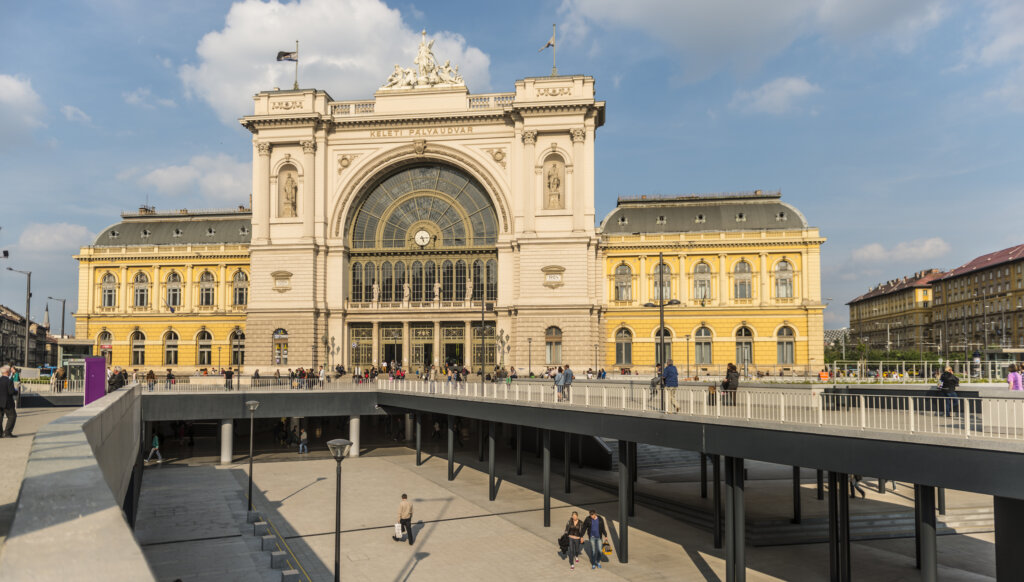
At the station it was a most unexpected scene – the platform was full of big fat ladies with albums in their hands. This was totally unexpected. Never before I have experienced this. A little confused we accepted one lady’s homestay. It was right across the bridge over the Danube from the hotel where the conference was to be held.
She got us settled and made me familiar with the kitchen. I thought she must have been staying in the next-door flat. Another surprise, she said she would leave now as she and her husband had moved to a countryside home. We had no choice. And she left leaving her telephone number for us. After that we went down strolled around, saw some Roman ruins and bought some food to eat.
Budapest is a beautiful city – called ‘ Paris of the East ’.
On one side of the hill is Buda and across the Danube, Pest.
Buda is a historic old city and the Royal Palace and Parliament are located on a hill, with a beautiful view of Pest across the river, a more modern town.
On the first day, we visited the palace and Parliament. Later roamed around Pest.
The next day we took a Danube Bend Day Trip by boat.
Danube Bend
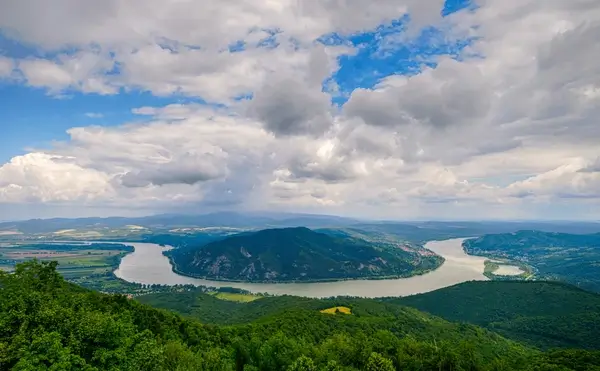
Danube Bend – an excursion into Hungary’s history. This is an unforgettable tour along the “Blue Danube” with stops in Esztergom, Visegrád, and Szentendre.
We leave Budapest and visit one of the most beautiful natural reserve areas in Hungary, the Danube Bend.
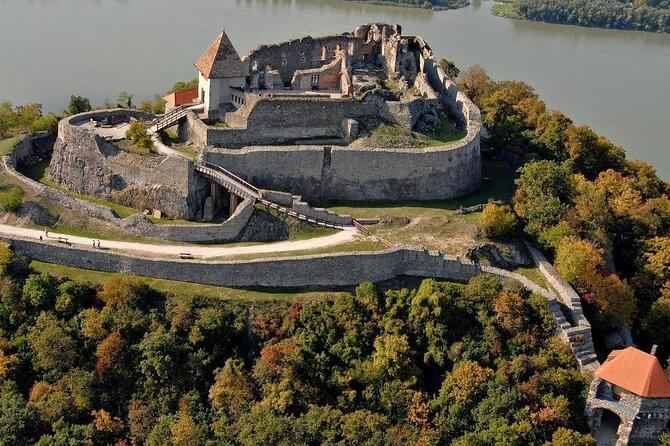
Visegrád: Starting at the Visegrad Citadel, a formal royal residence and fort, we take a walk in the castle museum and admire the view of the grand S-curve of the river Danube. The top of the hill offers a fascinating panorama of the Danube valley.
Esztergom: The next stop is Esztergom, near the Slovak border, giving a home to the seat of the Catholic Church in the country. It used to be the capital of Hungary and is still the center of the Catholic Church. We visit the largest cathedral in Hungary (also the burial place of famous cardinals, like Primate József Mindszenty). Afterward, we drive across the river to Slovakia and enjoy the view over the Basilica.
Szentendre: It is a small baroque city built on medieval ruins, located at the gate of the Danube Bend. The town is considered to be the Artists’ Village or the Painters’ Town. We walk around the historical center and enjoy the cobblestoned narrow streets as well as the baroque houses.
After this, we moved to a beautiful hotel named Thermal Hotel Margitsziget. It had a hot water swimming pool. This was divided into three sections with water of varying degrees of temperature.
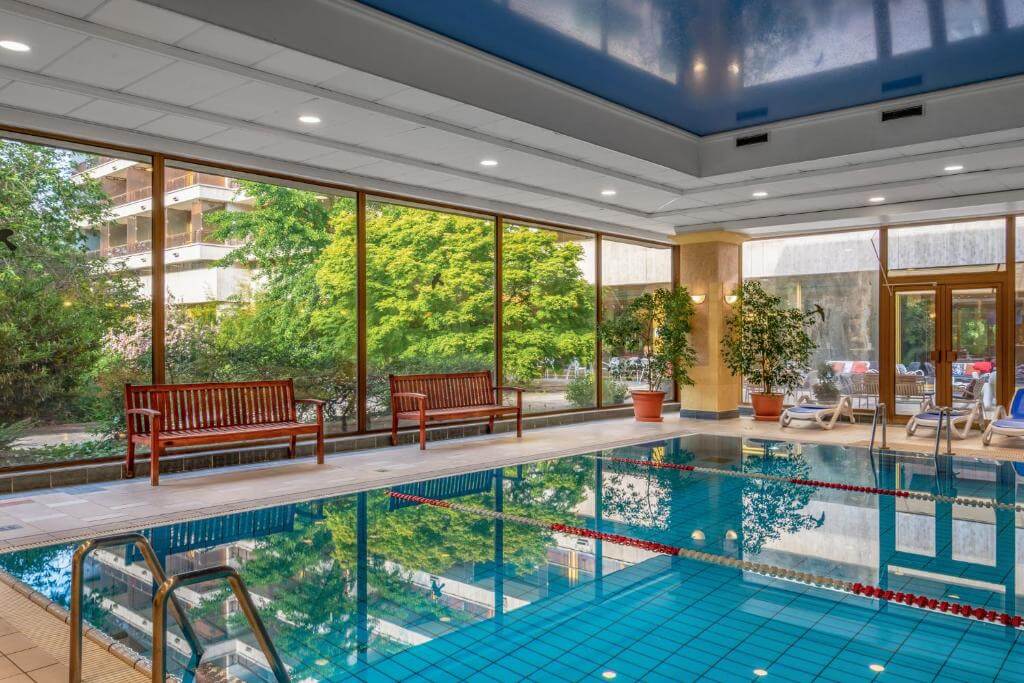
Budapest holds the title “City of Spas” since the year 1934, as it has more thermal and medicinal water springs than any other capital city in the world.
There are 118 springs in Budapest, providing over 70 million liters of thermal water a day. The temperature of the waters is between 21and 78Celsius.
Today, there are 15 public thermal baths in Budapest, not counting the private thermal spas established in some luxury hotels, such as the Ramada Plaza, Thermal Hotel Margitsziget, etc.
Some baths are built in parks, with green areas where one may relax and sunbathe and do sports, or just read a book (such as the Csillaghegyi Bath).
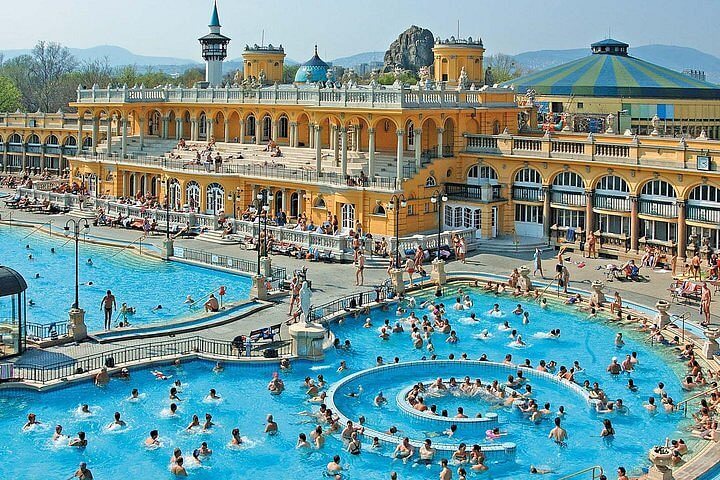
Budapest’s thermal waters were enjoyed by the Romans as early as the 2nd century, but it was only during the Turkish occupation of Hungary in the 16th century that the bath culture really started flourishing.
The spa at the Hotel Gellért is a public bath. Some of the baths arrange special programs. The Rudas Bath, built in the 1500-s, gives home to regular night parties on Friday and Saturday nights, with great music and special light effects.
These are very popular with young people from all over the world. Others, such as the Palatinus Bath on Margaret Island, have special pools for children with special effects (whirlpool, wave-pool, water-chutes).
Városliget (City Park) is a public park in Budapest close to the city center. Its main entrance is Heroes’ Square (Hősök tere), one of Hungary’s World Heritage sites. After the public park was created in the first decades of the 19th century the present-day name, Városliget was accepted and it became the first public park in the world.
Foe History buffs – Budapest is an old city. Traces have been found in settlements dating back as far as the Old Stone Age. People lived on both sides of the Danube, where Budapest now stands, in the second millennium BC Bronze Age urn sites have also been uncovered.
Around the year 1000 Stephen (István) I, King of Hungary, organized a feudal state on the Central European model and introduced Christianity. A few years later merchants from central and western Europe settled in Buda and Pest and helped both places to develop rapidly. In 1241-42 Mongols stormed the Danube towns of Buda and Pest. A few years later the construction of the Castle of Buda ordered by King Béla IV was completed. The royal court moved to Buda in 1347 again, when work was begun to expand the fortification into a palace in contemporary Gothic style. From then on Buda became a royal town, while Pest developed into a prosperous trading center. In the second half of the 15th, C Matthias Corvinus extended the Royal Palace and Buda, together with Visegrád, became a center of Renaissance culture.
In 1526, after their victory at Mohács, the Turks took Buda and Pest. Under Sultan Süleyman I (the Magnificent) many churches were converted into mosques, fine bath-houses constructed and defensive works modernized. Buda became the seat of a Grand Vizier.
It was 1686 before Charles of Lorraine was able to reconquest Óbuda, Buda, and Pest for the House of Habsburg. Various measures taken during the reign of Empress Maria Theresa led to a further economic upsurge in Buda and Pest, largely brought about by an influx of German-speaking settlers. In 1777 Buda was made a university town but lost this title to Pest a few years later. The left bank of the Danube soon became the intellectual and political center of the country. In 1848-49 there was a civil revolution led by liberal nobles.
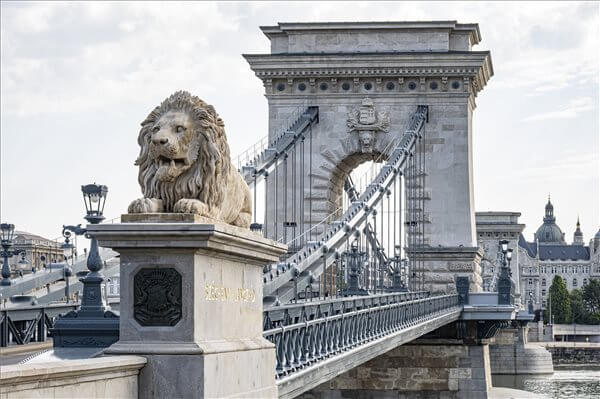
The Chain Bridge was opened in 1849, with the aim of helping Óbuda, Buda, and Pest to merge more quickly. In 1867 Emperor Franz Joseph I and Empress Elisabeth (“Sissi”) were crowned in Matthias Church. The Austro-Hungarian monarchy of the Danube came into being. In the history of Budapest the year 1872 stands out as a milestone, for it was then that the three separate settlements of Pest, Buda, and Óbuda (literally “Old” Buda) were united into one city with a population of more than 150,000. Budapest officially became the capital city of Hungary and underwent rapid growth in size and eminence. This was the city’s golden age and coincided with the Hungarian millennial celebrations in 1896 when continental Europe’s first underground railroad was opened. At the outbreak of the First World War, many well-known industrial firms established themselves in the Budapest region.
THE END
